Admittedly, I am biased. I founded CRIIGEN in 1999 because I needed to know. My government experience gave me serious doubts about GMOs. My scepticism was shared by the Prime Minister Alain Juppe, who had signed a moratorium on GMOs in 1997. Subsequently, as President of CRIIGEN, I wanted, followed, and supported the study by Professor Gilles-Eric Séralini on NK603 maize.
I shall reply very briefly, though I am not a scientist, to the criticism that is proliferating about this study, largely emanating from scientists working for biotechnology firms or who are responsible for the lax manner in which approvals have been granted. The two are not incompatible.
Some critiques, including one in this publication – come from very respectable people who know nothing about the context of GMOs and the conditions in which the studies that underlie authorisations for the consumption of these products are carried out. I want to reply, so as not to be accused of kicking these arguments into touch, although in my view they miss the point.
The first critiques are on the methodology: This study is a toxicological and not a feeding study. This means that studies of pathology and blood and urine tests were performed, which is not the case in the second type of study.
“The strain of rats selected is not appropriate” … Interesting critique when you know it is the same strain as that used by Monsanto in its studies, which served as a basis for authorisations issued in Europe. If this strain is not valid then all authorisations must be withdrawn as they are based on ineffective tests.
“The number of animals tested per group were insufficient” … Except that no study has ever been conducted on as many animals (200) and the number of rats per group (10 [in Séralini’s case, it was 10 of each sex]) is the same as the number used in all studies submitted to public bodies and validated by them [GMW comment: Monsanto used 20 rats per group in its 90-day study on NK603 but reportedly only analysed 10! See: de Vendomois, J. S., F. Roullier, et al. (2009). A comparison of the effects of three GM corn varieties on mammalian health. Int J Biol Sci 5(7): 706–726. So Lepage is correct in saying that no industry tests on a GMO submitted for approval have analysed more than 10 rats per group]. Consequently if that number does not allow conclusions to be drawn, then none of the studies that served for GMO authorisations could be taken into account either.
Why pioneer different tests on rats, isolating the GMO from the Roundup herbicide, at the risk of prompting confused criticisms from some people who don’t understand the topic? Indeed, this experiment involved rats that consumed GM NK603 maize which had not been treated with Roundup (the pesticide that this corn tolerates, which means it can be sprayed with industrial quantities without being destroyed); rats treated with Roundup at three different dose levels; rats that consumed only Roundup; and rats fed a GM-free diet without Roundup. This was simply to investigate whether the abnormalities found in rats consuming GM were due to Roundup or whether the GM maize was toxic in itself.
Finally, the maize under examination was resistant to the pesticide Roundup (the case with 80% of current GMOs). It was not a Bt maize producing its own pesticide, on which independent and long-term studies are yet to be done.
The second criticism says that the results are not conclusive. I leave it to the authors of the study to reply on the CRIIGEN website. I will simply say that it is clear that at the end of the experiment all rats died because the experiment covered the full lifespan of rats, in order to gain information on the effects of GMOs eaten over a human lifetime. However, it is clear that the number of tumours and mortality happened sooner [in treated groups]. Tumours appeared in greater numbers in rats fed GMOs and/or exposed to Roundup. A tumour mass of 25% of bodyweight leads to euthanasia to prevent animal suffering. Mortality was higher in treated rats as compared with controls.
The third criticism, of bad faith, relates to the personality of Professor Séralini and the secrecy surrounding the study and its media release. Ad hominem attacks are a constant factor with regard to all whistleblowers. Regarding Professor Séralini, who enjoys an international reputation, we simply highlight that Marc Fellous was found guilty of defamation on January 18 2011 [in a libel case], after he said that Séralini claimed to be independent while his studies were funded by Greenpeace. It is easier to understand in this context, then, why the same person and his association criticized the study constantly on the airwaves and in the press.
Secrecy was imperative both because publication in a major international scientific journal requires a total absence of communication prior to publication and because the power of Monsanto and its allies is such that a leak would have destroyed any hope of completing the study.
Finally, with regard to the media release, it was powerful because it was a first. Usually, the power of the media is on the side of advertisers – Monsanto and those who work for the company, or its smaller competitors. It was perfectly justifiable that an operation of this magnitude was accompanied by a film, two books, and several documentaries translated into five languages and distributed free on the Internet.
I wanted to respond to these criticisms to show their weakness, but they clearly miss the point.
The real questions raised by this study do not directly concern the study. They remain, whatever criticisms are levelled against it.
Why has a study of this nature never been done before? Contrary to misinformation, no toxicity studies on rats fed over two years – that is to say, over their expected lifetime, equivalent to a human lifetime – have ever been performed. Moreover, Gerard Pascal, a former toxicologist and specialist on GMOs at the National Institute of Agronomic Research (INRA), and now a consultant to food companies, recognizes this. In this affair, he is partly responsible, being involved in the biomolecular engineering commission in charge of dossiers that resulted in authorisations.
Why has the GMO debate focused on contamination and cultivation, completely obscuring the health issue? That GMOs would have no effect on human health was asserted as a dogma, even though not a single long-term study provided evidence for such a statement. So how should we understand the opposition of the Director of EFSA [Geslain-Laneelle] in the hearing before the Committee on Health and Environment of the European Parliament on September 20 to the proposal that further studies be conducted over two years?
Why have public expert bodies, including the CGB and AFSSA in France (though ANSES seems to want to change the rules of the game) and EFSA at the European level, not only tolerated but validated 90-day studies such as that on NK60, which showed statistically significant effects – and refused to admit that they were of any pathological consequence? The two-year study by Professor Séralini shows that 90-day studies may not show anything since the first tumours only appeared in the fourth and fifth months.
Why do these same organizations continue to ignore the effect of low doses even though numerous studies have shown that this is a futile exercise? And do they accept the fact that differences between males and females have not led to systematic research on hormonal effects?
All these questions arise regardless of the criticisms against the study and Professor Séralini. They cast into question the quality of the studies that led to authorisations, as well as the motives of the experts who validated them.
In particular, the complaint that Professor Seralini is biased and non-independent is especially surprising since these same experts are not at all troubled by the fact that the studies that are presented to them are all done by laboratories funded directly by the [industry] applicants.
In fact, this study is a bomb, for four reasons.
1. It circumvented Monsanto’s ban on using its seed for research purposes, which was intended precisely to prevent such independent studies being carried out.
2. Professor Séralini is committed to making public his raw data so that there is a real scientific debate, but only when producers of GMOs and public authorities respect the law and abandon the secrecy behind which they hide their own knowledge by making their raw data public too.
3. The study highlights the weakness of the studies that led to the marketing of GMOs and demonstrates the laxity of experts and government authorities: they could be liable.
4. The accusation of secrecy levelled at critics of GMOs precisely describes the accusers, who did everything to make it impossible to carry out a study such as the one performed by CRIIGEN.
Therefore, the best solution for those responsible for this situation is not to open a real scientific debate about the toxicity of GMOs, but to prevent this debate by discrediting the study and its author. Since 1896, when the first report appeared that put into question the harmfulness of asbestos, the strategy of the manufacturers of products that give rise to health and environmental scandals has always been the same, with effects on the population and social security figures that we know all too well. The time for change has come. The scientific debate must be liberated from this type of religious war into which the major lobbies have locked their opponents.
As an MEP representing 450 million European consumers, I cannot accept such a situation. The subject is too important not to be examined objectively, independently of economic interests, and in the interests of the health and life of Europeans, and more broadly of all humankind.
Finally, I wish to pay tribute to all those who contributed to this study. Those in civil society, who are not extremists and who just want honest and independent answers to their questions.
Source: www.huffingtonpost.fr (Translated by GMWatch)









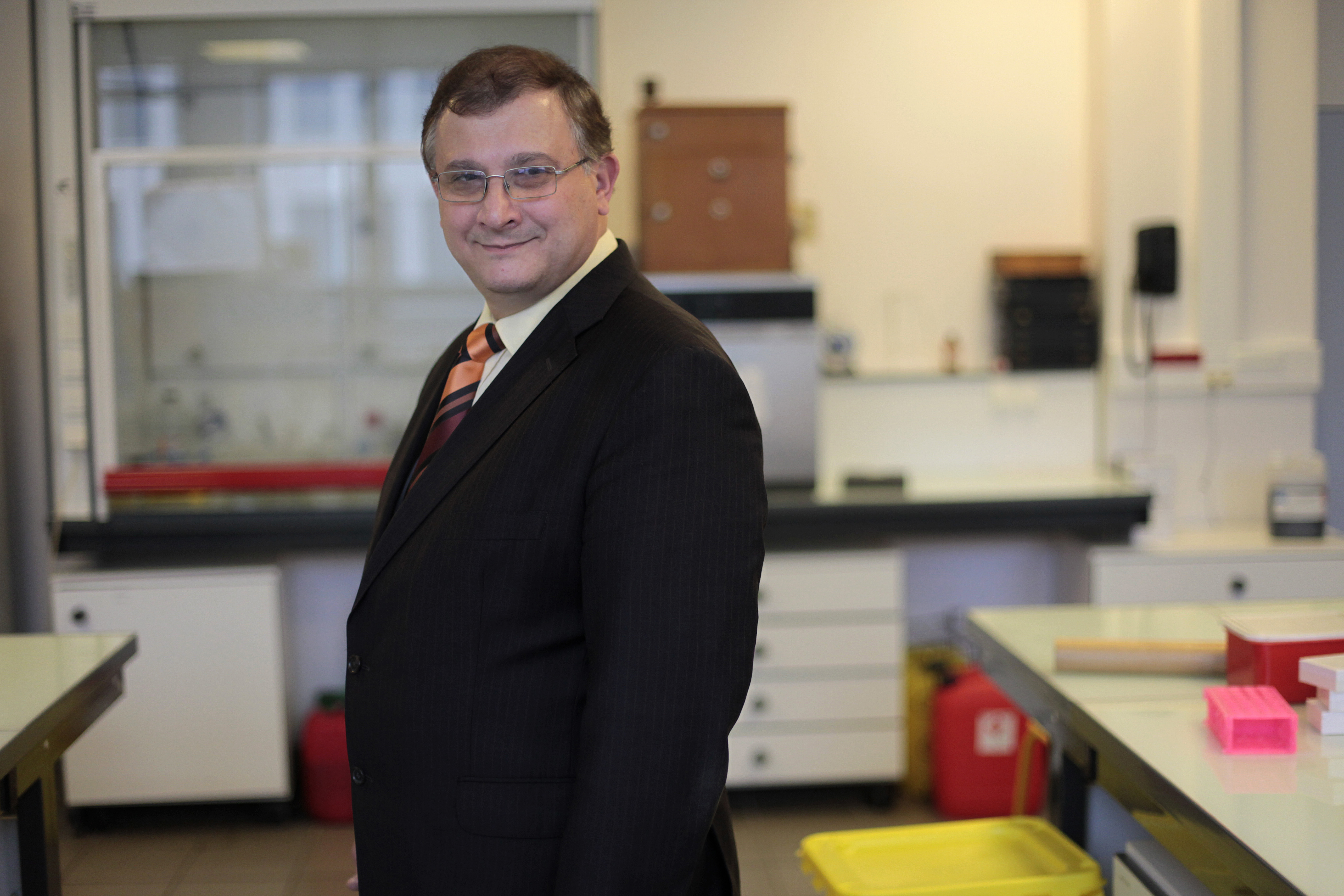
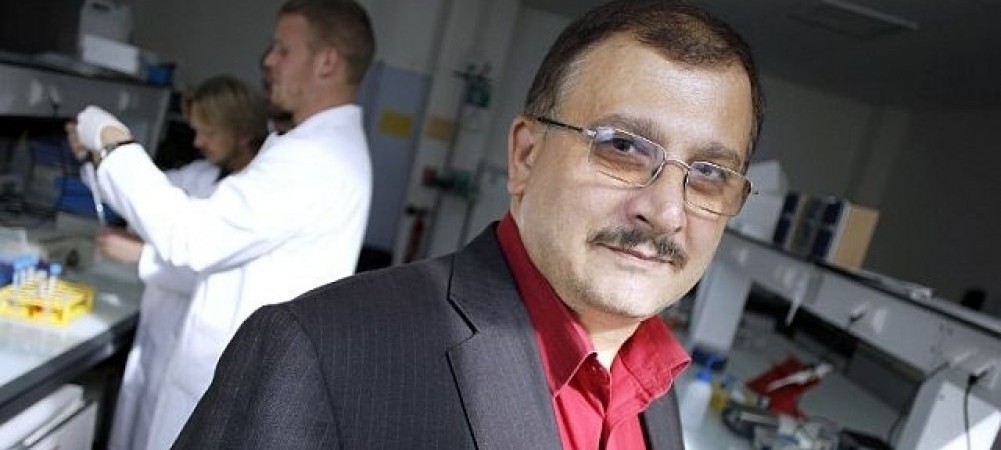

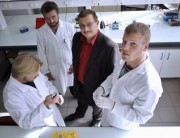
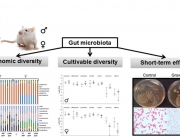

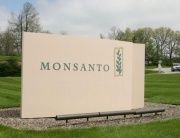




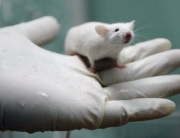




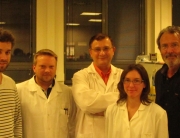


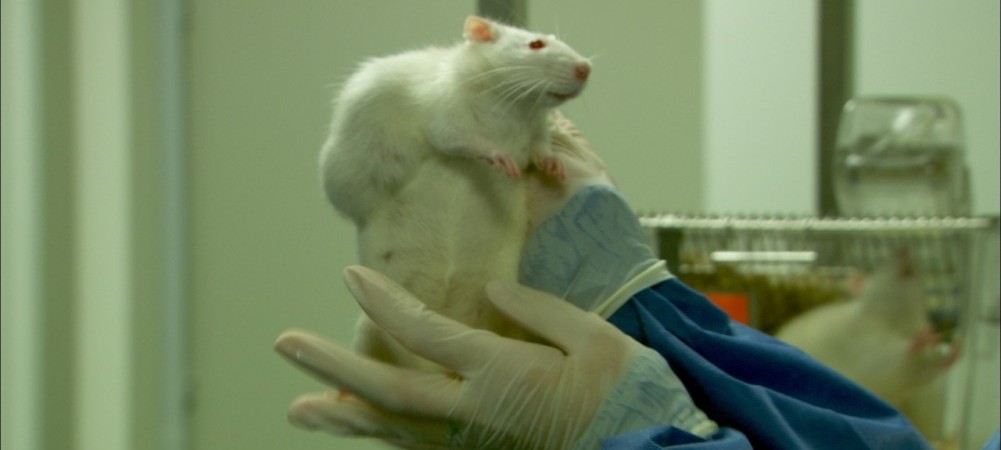

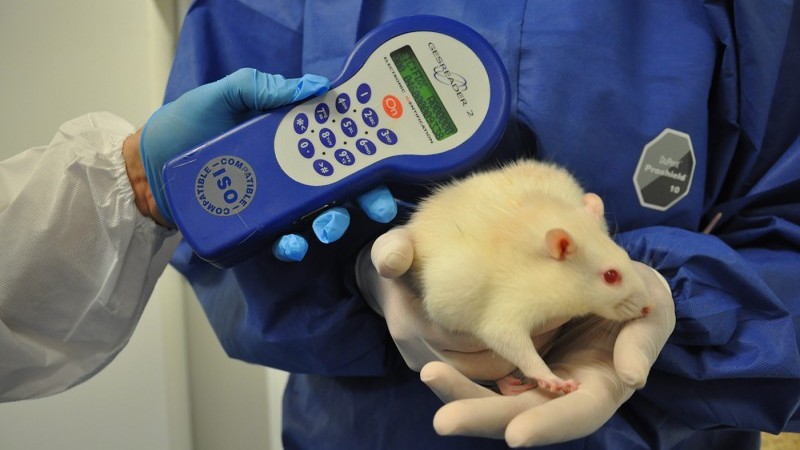

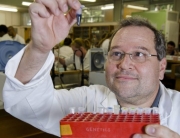
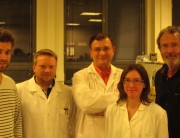

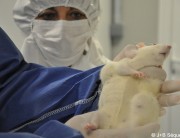
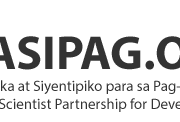





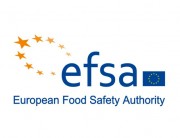

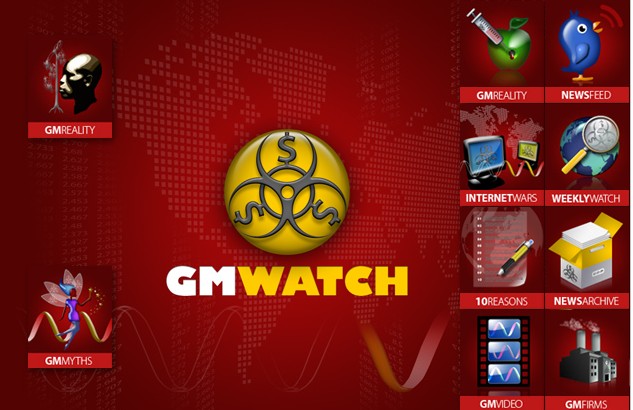


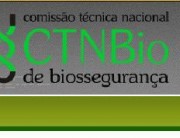








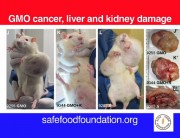

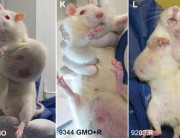
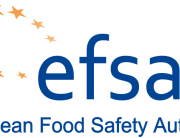
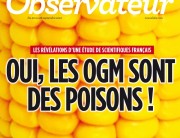















Beautiful response, a woman of integrity and armed with truth. thank you.